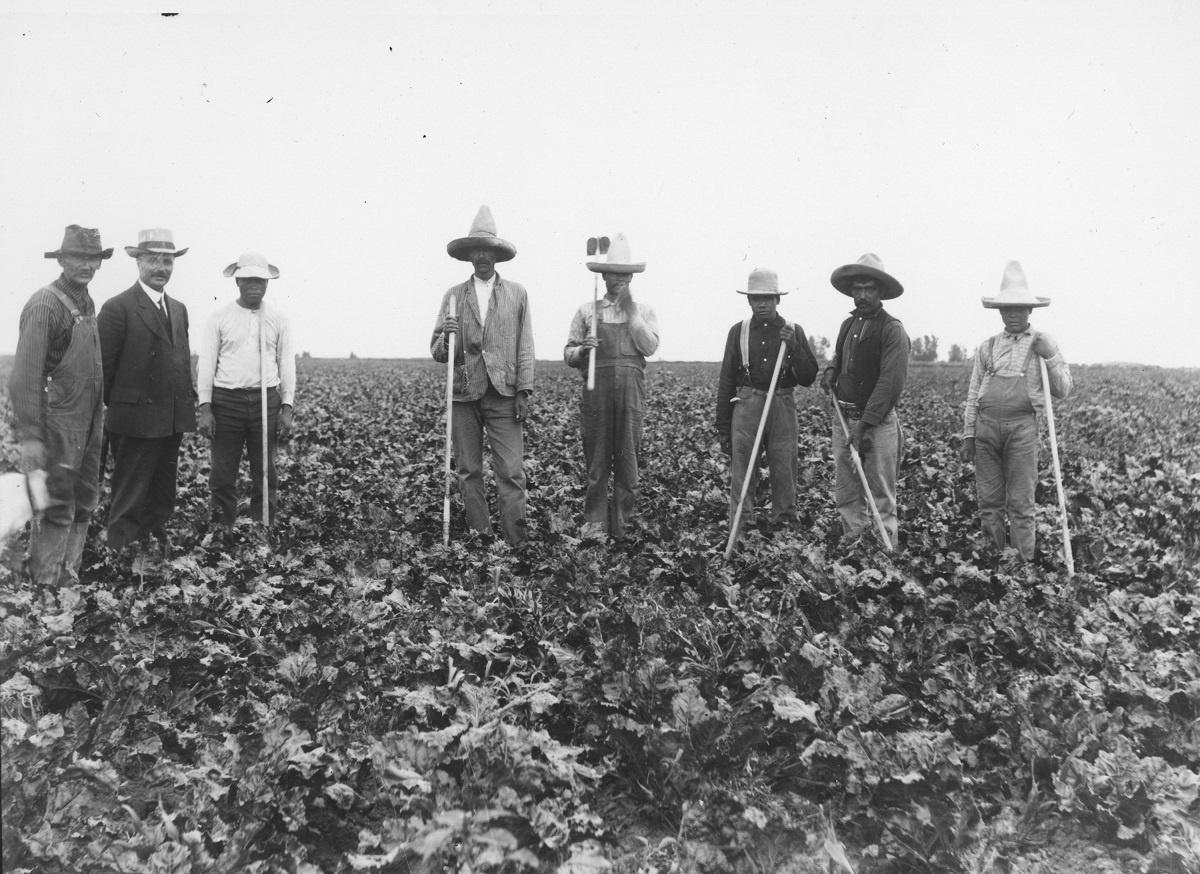This article is part of ongoing reporting and production for a new episode of Colorado Experience. Season 10 of Colorado Experience is set to premiere this September.
FORT COLLINS, Colo. — A basket of vegetables can mean more than just food. For some Fort Collins families, a particular basket of vegetables can bring back a whole lot of memories.
“It brings back fond memories growing up,” said one participant of a recent memory-jogging workshop. “This was during the summer, of course. There was no school. So you were ripe for completing the job.”
Through this conversation, northern Coloradans shared their personal memories or family histories of working in agriculture fields in the area, particulalry in the sugar beet fields. Sugar beet production was one of the biggest industries in Fort Collins through the 1960s.
This event, which took place July 8, was the second of four "memory workshops" hosted by History Colorado's Museum of Memory Initiative and the nonprofit Mujeres de Colores.
“Going to community is the way that we do it, by listening to their stories, by having them be the authors of their own stories is a way that we're preserving history,” said Yadira Solis, the director of Museum of Memory and History Colorado Center.
On Saturday, July 8 this group came together to share oral histories of working in agriculture fields in northern Colorado.
Solis sparked the conversation during the most recent workshop by displaying a basket containing cucumbers and beets, hoping the produce would remind some of the participants of stories they haven’t told. Her strategy worked instantly, propelling the group into discussions that lasted for nearly an hour and a half. Many of the attendees worked in the sugar beet fields in northern Colorado, starting as young children of immigrant parents.
“It was hot. It was a long day. The work was hard. It wasn't easy,” Gloria Balderrama described as she prepared her family photos to be scanned.
History Colorado is not only looking to collect stories, but also family photos to include in an exhibit that will eventually be displayed at the museum. Balderrama said her sister, mom and dad worked in the fields consistently throughout their lives; she tried it once and decided the working conditions were too tough for her to continue.
Most of the people in attendance who shared first-hand experience in the fields described long, 12 hour-plus days in hot, back-breaking conditions. Most of the day was spent hunched over, caring for crops that would be harvested and sent to the masses.
Despite recounting emotional stories about the grueling conditions, each attendee showed a sense of pride with each story they shared. Eyes around the room welled up with tears as attendees considered the sacrifice their parents or grandparents made in order to make a little bit of money for the family — para mi familia, as Betty Aragon-Mitotes said.
“They didn't go and beg for money. They worked,” she said. They knew the value of money and they knew the value of family concept. Everybody helps.”
Aragon-Mitotes is the founder of Mujeres de Colores, the partner nonprofit for these memory workshops and co-founder of Museo de las Tres Colonias, which provides a living history highlighting Hispanic life most specifically within the Tres Colonias, Buckingham, Andersonville, and Alta Vista neighborhoods. She is a strong advocate for the community, specifically for the Hispanic community in Fort Collins, whose stories are often left out of the history books.
“I get really emotional because … I always feel like I'm going to cry because of the sacrifice that people did. When you think about the working conditions, the pay … they didn't value the Hispanic workers the way they should have,” Aragon-Mitotes said.










